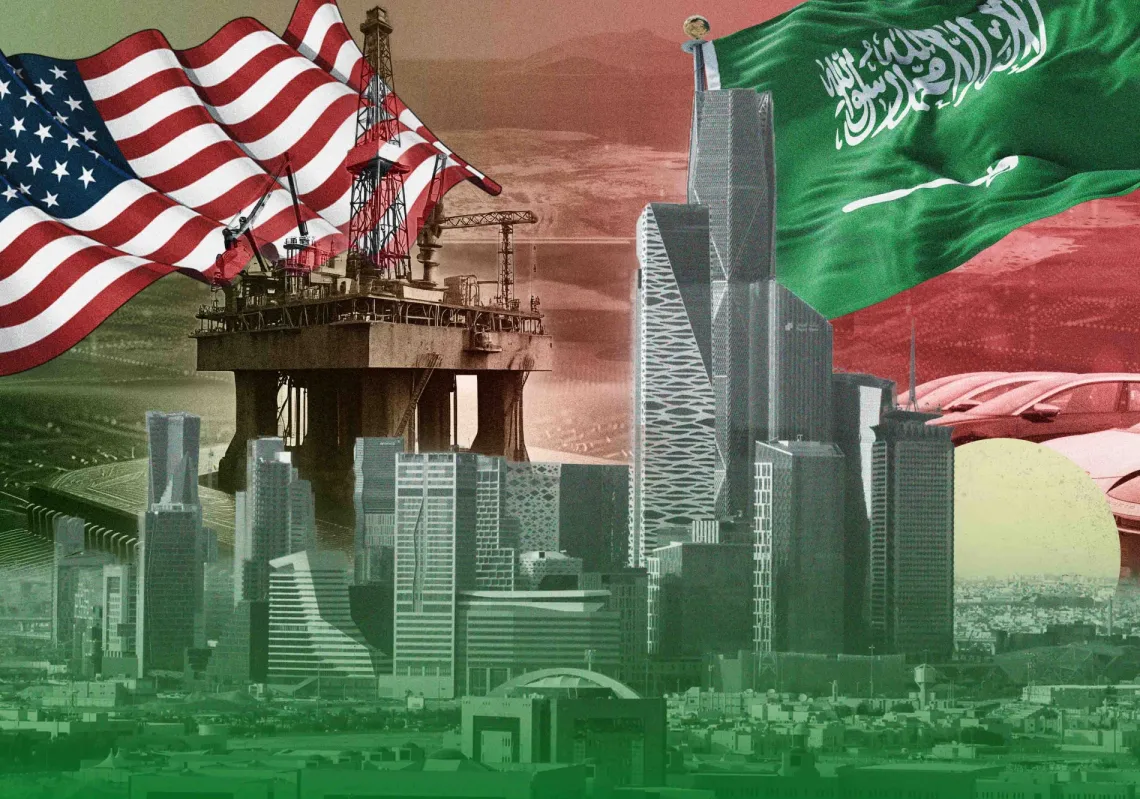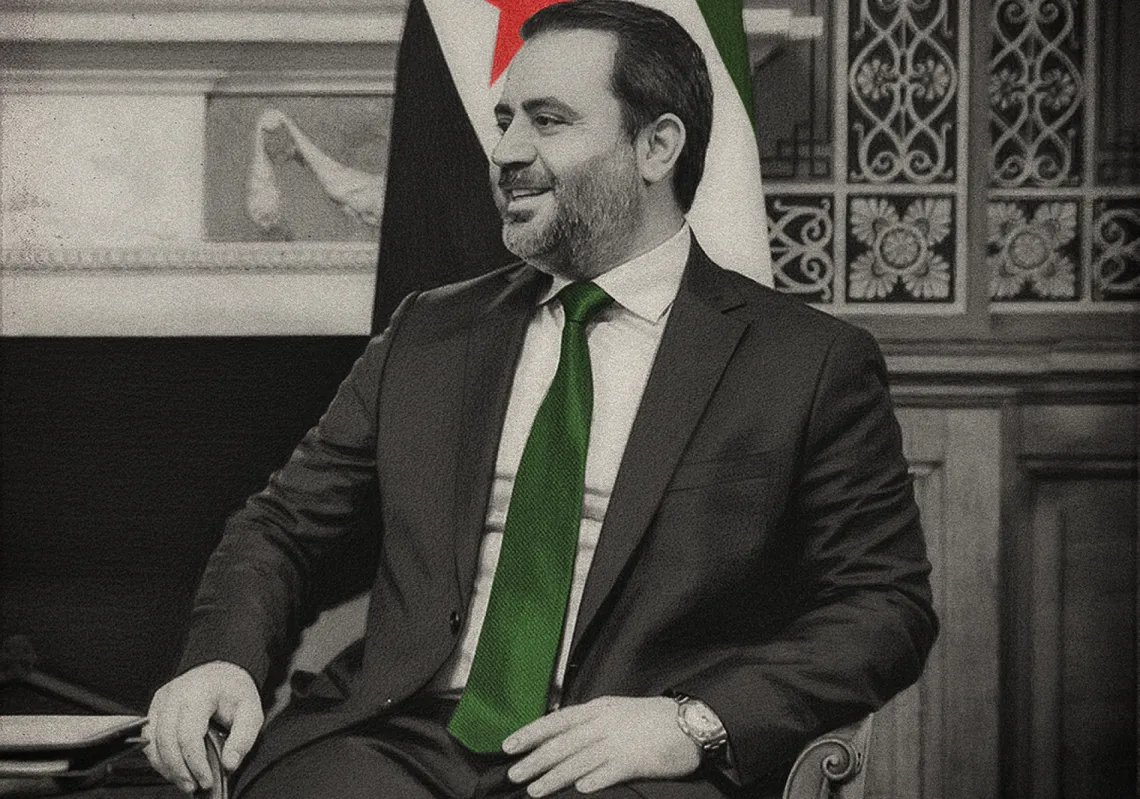
[inset_left]Hamas: From Resistance to Government
By Paola Caridi
Seven Stories Press, New York
[/inset_left]In this new book, Italian journalist and historian Paola Caridi sets herself an ambitious goal. She seeks to get under the skin of the most notorious of the offshoots of the Muslim Brotherhood: Palestine’s Islamic Resistance Movement, or Hamas, in an effort to explain why it came to be choice of the majority of Palestinians in the elections of 2006, as well as the impasse that led to the split between Gaza Strip under Hamas and the West Bank under Fatah.
In doing so, she methodically traces all the major milestones in the life of the movement, including an interesting genealogy of the movement: its birth, the different currents of Islamist activists in it, and how the First Intifada and internecine Palestinian politics catalyzed its creation in 1987. Caridi describes the creation of a refugee society in the Gaza Strip, Hamas’ traditional stronghold, the incubating role played by the Palestinian universities (and some others elsewhere in the Arab world) after 1967, and the conflict amongst the students who would become future leaders.
 Later, Hamas begins to take shape in the social service network run by the Muslim Brotherhood amongst the Palestinian refugees. Eventually, a younger generation of activists forced their elders to accept the creation of a militant resistance movement, Hamas, amidst the violence of the first intifada and the corresponding tumult in Palestinian politics.
Later, Hamas begins to take shape in the social service network run by the Muslim Brotherhood amongst the Palestinian refugees. Eventually, a younger generation of activists forced their elders to accept the creation of a militant resistance movement, Hamas, amidst the violence of the first intifada and the corresponding tumult in Palestinian politics.
The central focus, however, is the evolution of the movement as it moves steadily into mainstream Palestinian politics and begins to contest elections. Caridi gives an exhaustive account of the political debates and maneuverings behind the scenes, as the different currents of thought and activism within the movement work out their differences, strategize, and react to events shaping the Israel-Palestinian conflict. She also offers the reader a valuable insight into the movement’s decision-making structures and the interplay between its different constituencies.
The flaws of this work are the flipside of its strengths: Caridi’s narrow focus on the internal affairs and evolution of Hamas mean that the wider context is sometimes obscured. In particular, the West Bank is given comparatively short shrift, thanks to Gaza’s role as Hamas’ spiritual and political home.
If the book has an overarching theme—aside from tracing the trajectory of Hamas’ movement from violence towards politics, and indeed government—it is to illuminate the ‘true’ nature of the organization as a complex and nuanced example of the phenomenon of Islamic political movements. In particular, Caridi shines a spotlight on several developments that undercut the stereotypical view of Hamas as an organization composed of fanatical religious extremists dedicated exclusively to destroying Israel.
In particular, she describes the decision to use suicide bombings after the Cave of the Patriarchs massacre of 1994 and subsequent decisions to suspend them when they were judged to be counterproductive, as part of truces with Israel and Fatah. She also details Hamas’ willingness to extend an implicit recognition of the Jewish state and the acceptance of a ‘two state’ solution. Ultimately, Caridi reaches a simple conclusion, but one made much more convincing by her methodical and comprehensive study of the organization and its recent history: Hamas is “a movement that has used terrorism, but that cannot be thought of simply as a terrorist organization.”
The picture that emerges is of an organization that is simultaneously ruthless and careful, pragmatic and calculating, despite its roots in the Islamic revival in the Arab world that began in the late 1960s and its original intention to restore Palestinian statehood by reforming the moral and spiritual character of its people. Both its decision to adopt the tactics of terrorism (unlike virtually all other movements descended from the Muslim Brotherhood, as a Hamas leader tells Caridi at one point), as well as its decision to become a player in Palestinian politics, are therefore the products of careful calculation and deliberation amongst its members and leaders.
Ultimately, the conclusions Caridi draws about the future of Hamas are pessimistic ones. Like its rivals in Fatah, she argues, Hamas has failed to come up with a formula for sharing power, with both parties abetted in this by Western governments. The movement also faces a choice between moving further towards mainstream, peaceful, politics and continuing armed struggle; she argues that given the international isolation faced by Gaza after the Palestinians elected Hamas in 2006, the latter is more likely.
Admittedly, Caridi does not offer a way forwards that may help resolve the tensions that have grown up between the different Palestinian factions, but this is not her goal. Overall, this is a valuable work that sheds light on an important player in Palestinian politics, and provides a sober and judicious account of a movement that is all too often misunderstood.








